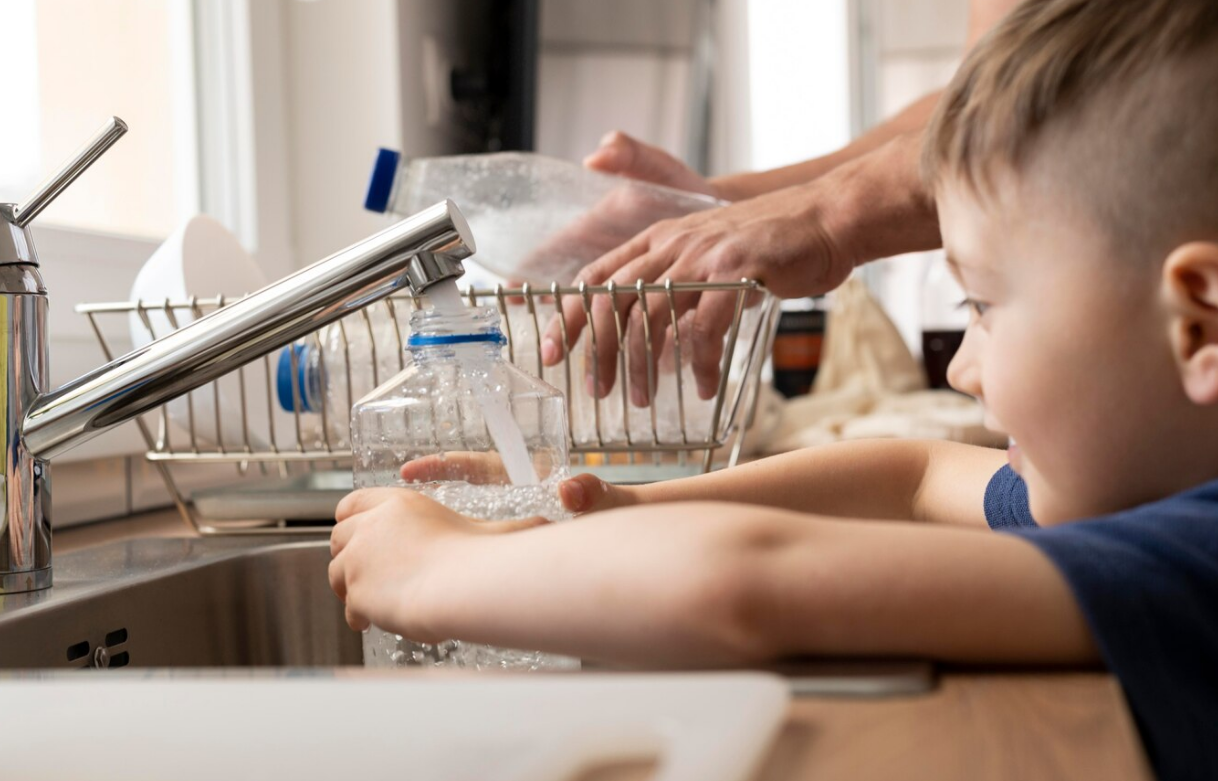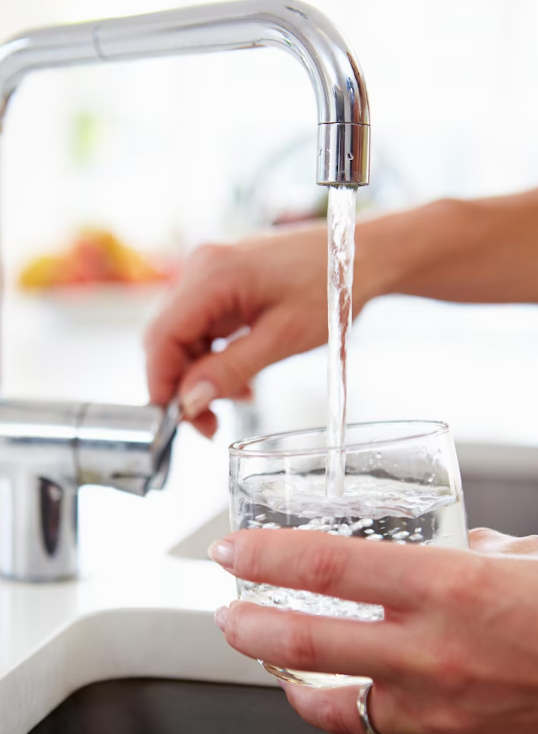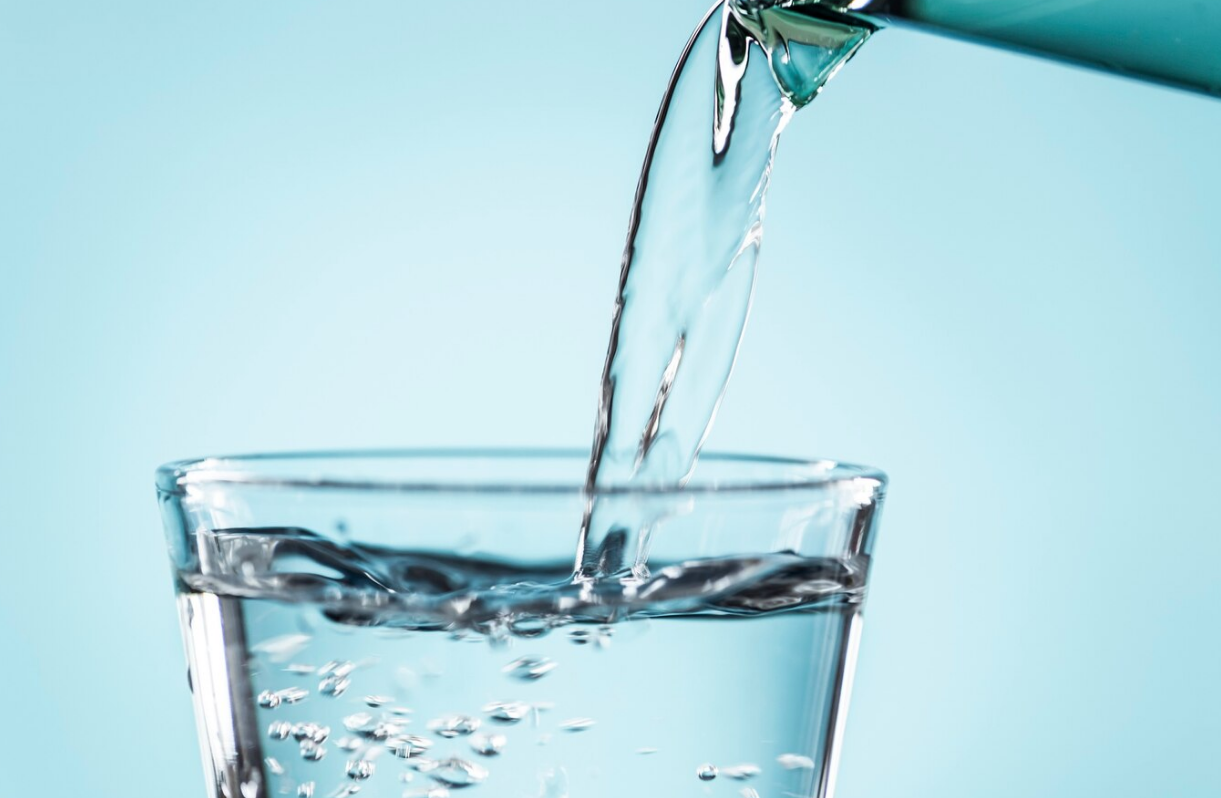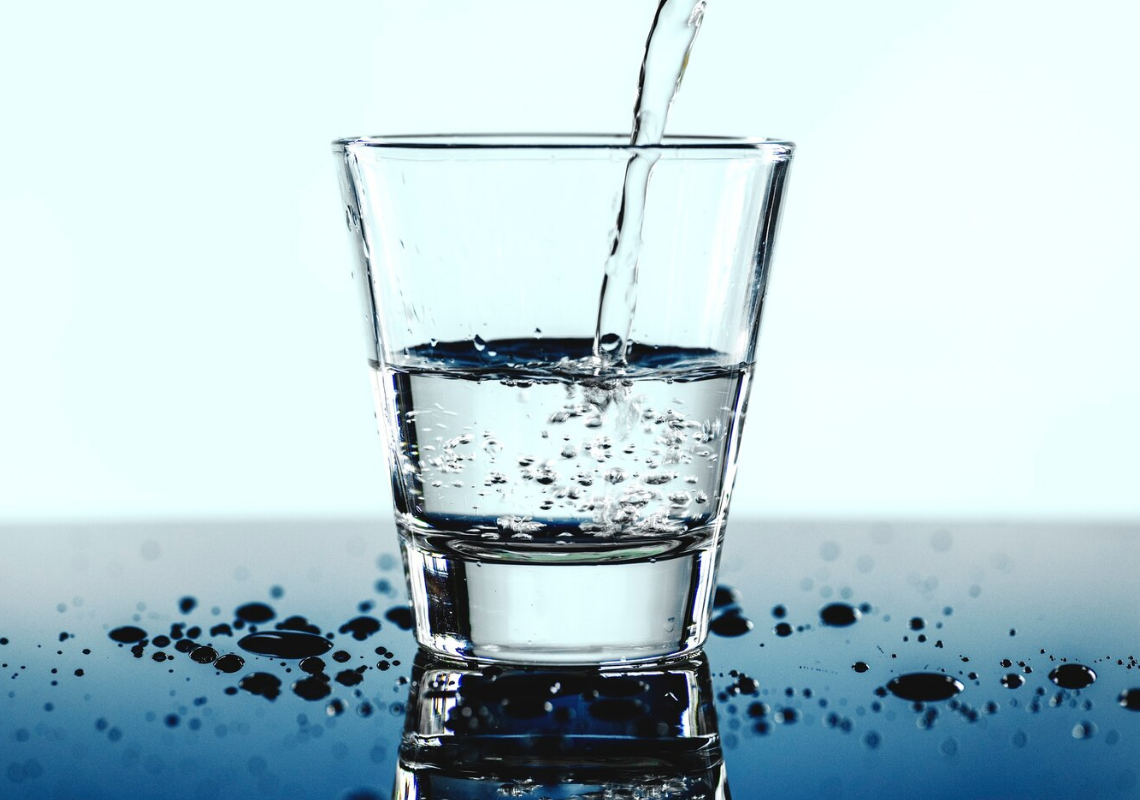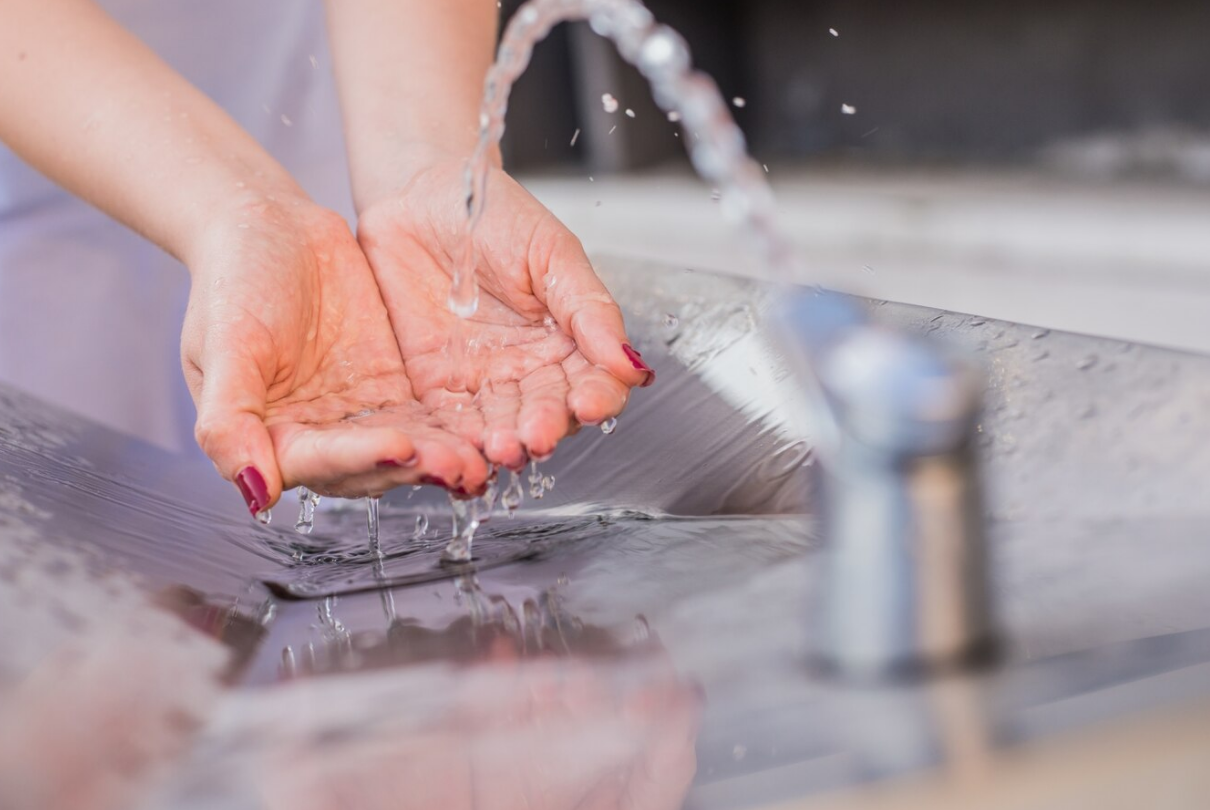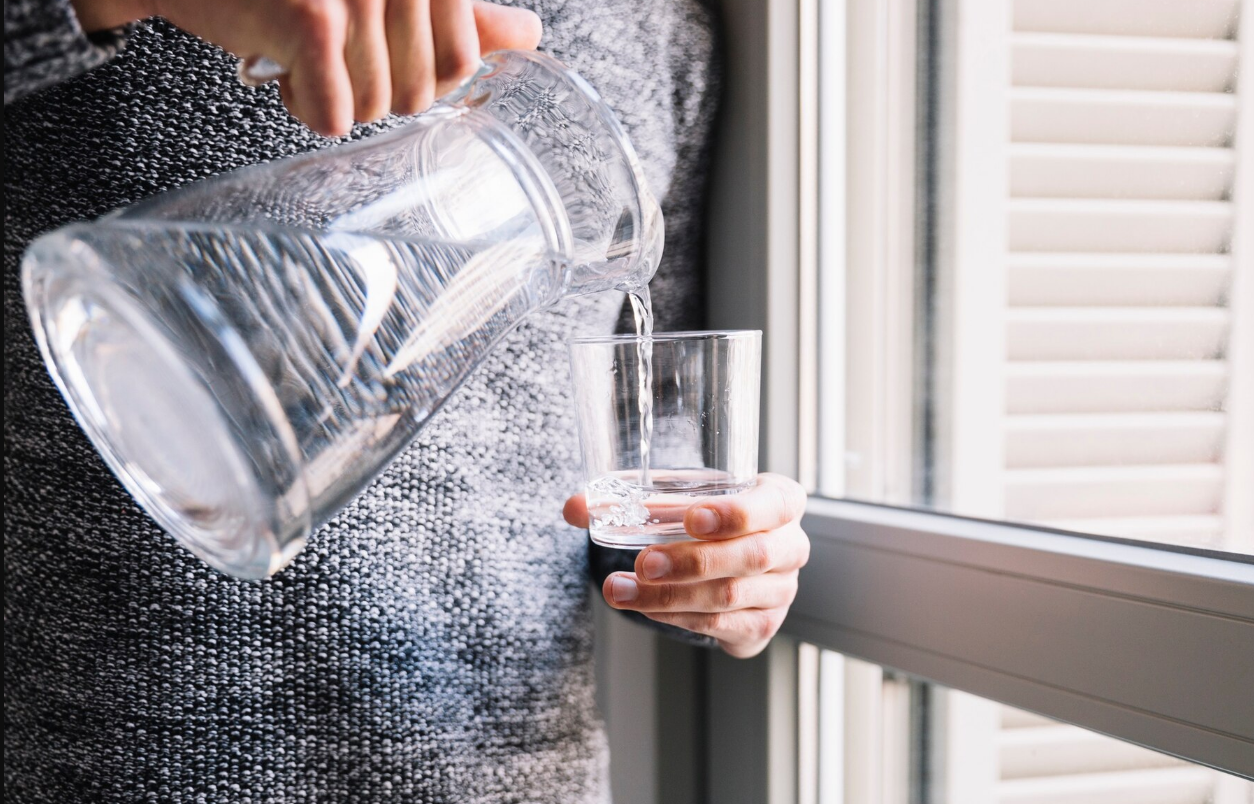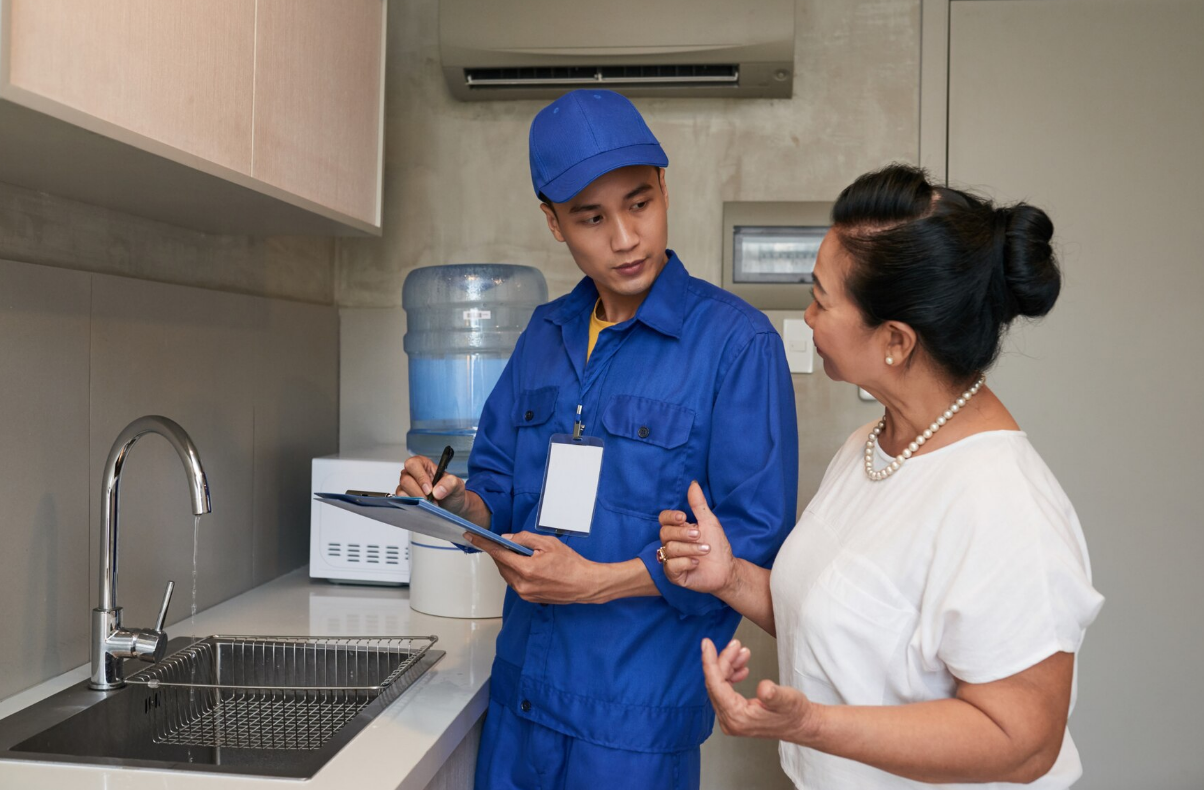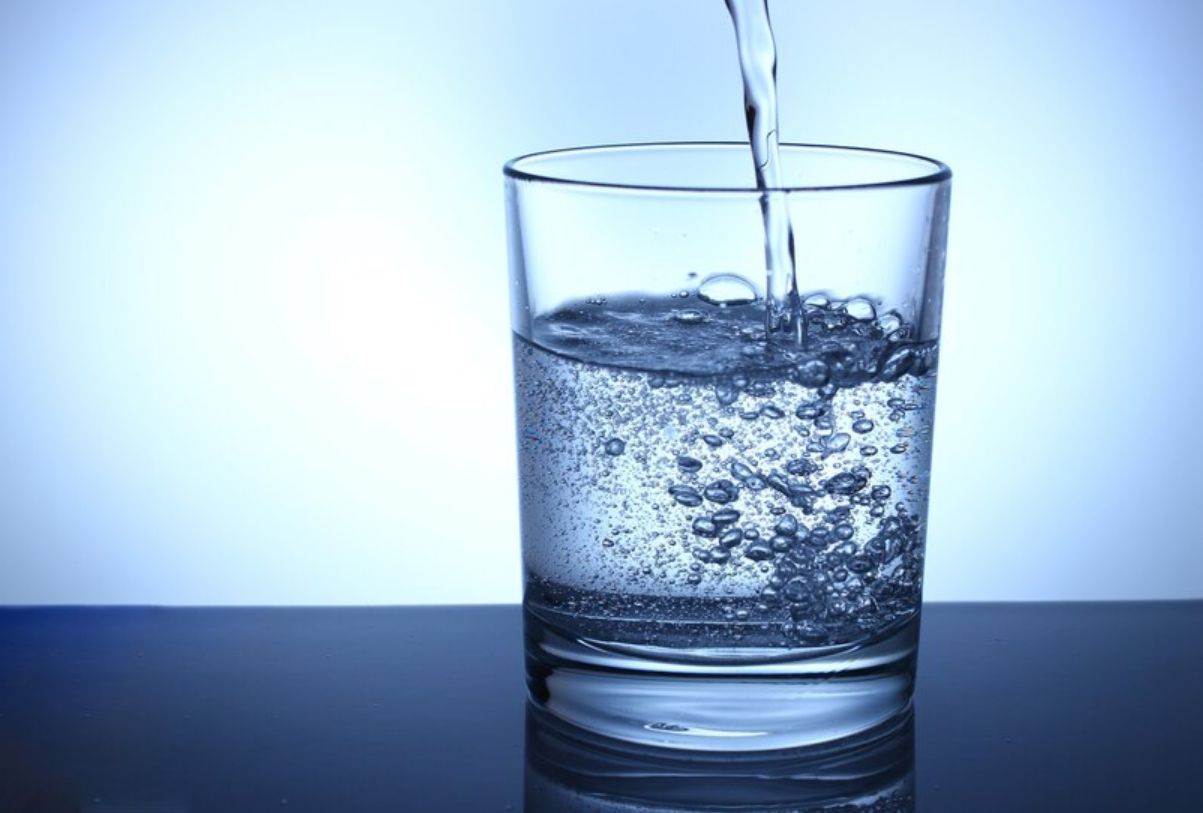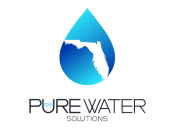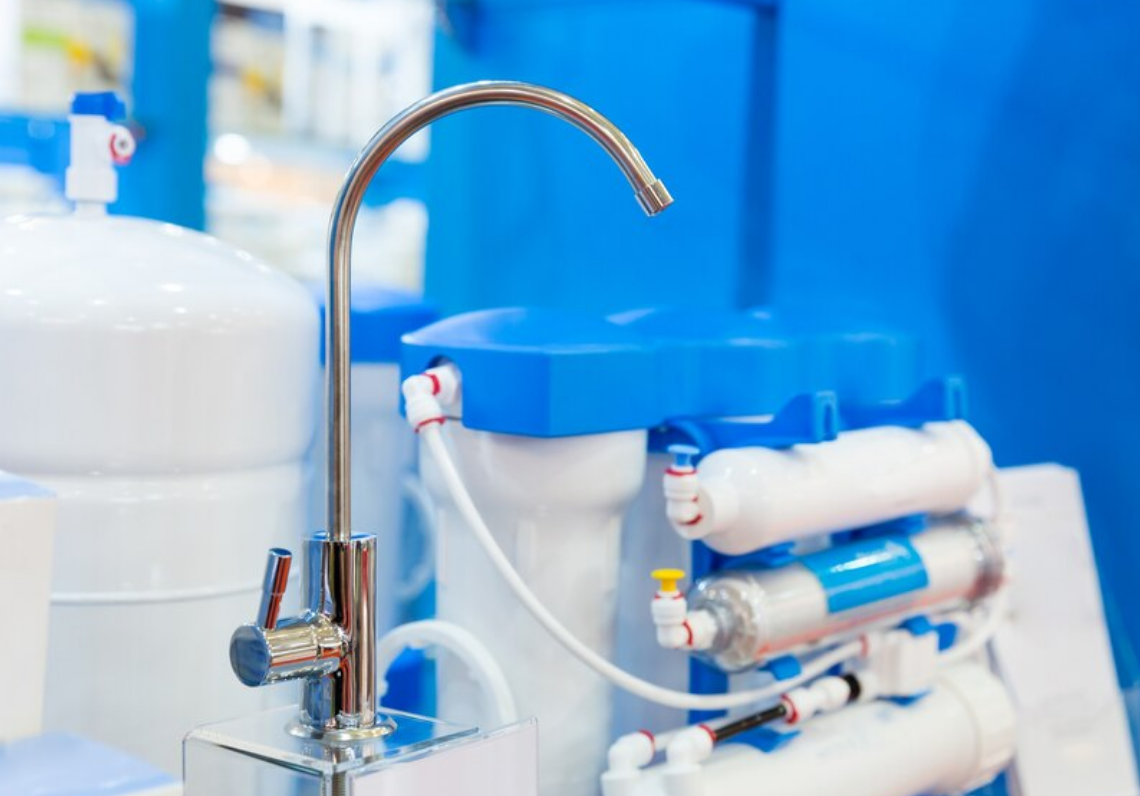How to Filter Water at Home: 5 Simple DIY Methods
How to Filter Water at Home: 5 Simple DIY Methods
To filter water at home, use methods like activated charcoal, UV treatment, or fruit peel filters. These DIY options are effective and easy to implement.
Filtering water ensures it is safe and clean for consumption, providing peace of mind for you and your family. In today's world, ensuring access to clean water is paramount for maintaining good health. With various contaminants present in tap water, filtering it at home has become a popular choice for many households.
By utilizing simple and effective methods like activated charcoal or UV treatment, you can enjoy safe and clean drinking water without the need for expensive filtration systems.
Let's explore some easy DIY options for filtering water at home to help you make an informed decision for your family's well-being, and see how Florida Pure Water Solutions can enhance your water quality.
Introduction To Home Water Filtration
Filtering water at home is a crucial step towards ensuring that the water you and your family consume is clean and safe. With numerous water filtration options available, it's essential to understand the benefits of filtering your own water, as well as the importance of comprehending water contaminants.
Benefits Of Filtering Your Own Water
- Cost-effective alternative to bottled water
- Reduces exposure to harmful chemicals and contaminants
- Contributes to environmental sustainability by decreasing plastic waste
- Provides access to clean and fresh-tasting water
- Offers peace of mind regarding the quality of your drinking water
Understanding Water Contaminants
Water contaminants can vary widely and may include substances such as sediment, chlorine, lead, pesticides, and bacteria. Understanding the specific contaminants present in your water supply is crucial for selecting the most suitable filtration method. By identifying the contaminants, you can effectively address the unique purification needs of your water source.
Boiling: The Simplest Method
Filtering water at home can be easily done through boiling, which is the simplest and most effective method. Boiling water helps to eliminate harmful organisms like viruses and bacteria, making it safe to drink. Additionally, boiling is a reliable way to treat murky or cloudy water.
Boiling is a simple and effective method to filter water at home. It is the best way to kill disease-causing organisms like viruses, bacteria, and parasites. The high temperature and duration of boiling are crucial to eliminate harmful organisms, even in cloudy water.
Steps To Boil And Cool Water
- Fill a pot with water.
- Bring the water to a rolling boil.
- Allow the water to boil for at least one minute.
- Turn off the heat and let the water cool before use.
Pros And Cons Of Boiling
Pros:
- Effectively kills harmful organisms: Boiling water is highly effective at killing bacteria, viruses, and parasites, making it safe to drink.
- Simple and easy method: Boiling water is a straightforward process that doesn't require specialized equipment or technical knowledge.
- Can be done with basic kitchen equipment: You only need a pot and a heat source, making it accessible for most households.
Cons:
- Time-consuming process: Boiling water requires time to reach the boiling point and then cool down before it can be consumed.
- Doesn't remove chemical contaminants: While boiling can kill biological contaminants, it does not remove chemicals, heavy metals, or other non-living pollutants.
- Requires a heat source: Boiling water requires a stove, fire, or another heat source, which might not be available in all situations.
Diy Charcoal And Sand Filter
When it comes to purifying water at home, a DIY charcoal and sand filter is a cost-effective and efficient solution. This simple yet powerful filtration system can effectively remove impurities and contaminants from water, making it safe for consumption. In this section, we will explore the materials you'll need and the step-by-step process for constructing your own charcoal-sand filter.
Materials You'll Need
Before you start constructing your DIY charcoal and sand filter, gather the following materials:
- 2 plastic buckets
- Drill with a 1/4-inch drill bit
- Activated charcoal
- Play sand
- Gravel
- Clean cloth or coffee filter
- Scissors
- Water source
Constructing Your Charcoal-sand Filter
Follow these simple steps to construct your DIY charcoal and sand filter:
- Prepare the Buckets: Using the drill, create small holes in the bottom of one bucket for drainage.
- Layer the Materials: Place a clean cloth or coffee filter at the bottom of the bucket with holes. Then add a layer of gravel, followed by a layer of activated charcoal, and finally, a layer of play sand.
- Assemble the Filter: Place the second bucket (without holes) on top of the first bucket to create a filtration chamber.
- Test the Filter: Pour water into the top bucket and observe as it filters through the layers of gravel, charcoal, and sand. The filtered water will collect in the bottom bucket, ready for use.
With your DIY charcoal and sand filter in place, you can enjoy clean and safe drinking water right from the comfort of your home.
Natural Filtration With Fruit Peels
Filtering water at home using natural methods is not only eco-friendly but also cost-effective. One interesting way to achieve this is through natural filtration with fruit peels. Fruit peels contain natural enzymes and compounds that can help remove impurities from water, making it safer to drink.
Types Of Fruit Peels To Use
When it comes to using fruit peels for water filtration, not all peels are created equal. Some fruit peels are more effective at filtering water due to their unique properties. Here are some types of fruit peels that are commonly used:
- Lemon
- Lime
- Orange
- Grapefruit
Preparing And Using Fruit Peels
Preparing fruit peels for water filtration is a simple process that can be done at home. Follow these steps to prepare and use fruit peels effectively:
- Thoroughly wash the fruit peels to remove any dirt or residue.
- Cut the peels into small pieces to release more of the natural oils and enzymes.
- Place the fruit peels in a clean container filled with water and let it sit for a few hours.
- After soaking, remove the fruit peels and pour the water through a fine mesh strainer to remove any remaining particles.
- Your filtered water is now ready to drink!
Ceramic Water Filtering
When it comes to filtering water at home, ceramic water filtering is a reliable and effective method. Ceramic filters are made from natural materials like clay mixed with other minerals, making them a sustainable option for water purification.
Making A Ceramic Filter At Home
To make a ceramic water filter at home, you will need:
- Ceramic clay
- Water
- Filter paper
- Fine sand
- Activated charcoal
Steps to make a ceramic filter:
- Mix the ceramic clay with water to form a paste.
- Mold the clay paste into a cone-shaped filter.
- Let the clay filter dry completely.
- Place filter paper inside the ceramic filter.
- Add layers of fine sand and activated charcoal.
- Your ceramic water filter is ready to use!
Maintenance Of Ceramic Filters
To ensure the longevity and efficiency of your ceramic filter, follow these maintenance tips:
- Regularly clean the ceramic filter to prevent clogging.
- Replace the filter paper and activated charcoal as needed.
- Store the ceramic filter in a dry place to prevent mold growth.
- Boil the ceramic filter periodically to disinfect and remove impurities.
Homemade Bio-filter With Plants
When it comes to filtering water at home, a homemade bio-filter with plants can be an effective and sustainable solution. This natural filtration method harnesses the purifying power of plants to remove impurities and enhance the quality of your water supply.
Selecting The Right Plants
Selecting the right plants is crucial for the success of your homemade bio-filter. Look for aquatic plants such as water hyacinth, water lettuce, and duckweed, as they are excellent at absorbing nutrients and pollutants from the water. Additionally, consider bog plants like cattails, reeds, and rushes which can help in the filtration process.
Setting Up Your Bio-filter
Setting up your bio-filter requires careful planning and execution. Begin by selecting a suitable container such as a large plastic tub or a pond. Line the bottom with gravel or small stones to provide a stable base for the plants. Then, arrange the selected plants in a layered fashion, ensuring that the roots are submerged in the water while the foliage remains above the surface.
Solar Water Disinfection (sodis)
Introduction about Solar Water Disinfection (SODIS)
Solar Water Disinfection (SODIS) is a simple and effective method to filter water at home using sunlight to improve water quality.
Using UV Rays to Purify Water
Using Uv Rays To Purify Water
UV rays can effectively purify water by destroying harmful microorganisms present in the water.
Limitations of SODIS
Limitations Of Sodis
- SODIS is not effective in cloudy weather conditions.
- It may not eliminate certain chemical contaminants present in the water.
- Requires clear PET bottles and sufficient sunlight exposure for optimal results.
Improvised Distillation Techniques
Enhance your water quality at home with improvised distillation techniques. Filter water naturally using items like charcoal, pine trees, and Bentonite clay for safe consumption.
Improvised Distillation Techniques Distillation is an effective method to purify water by separating contaminants through the process of heating and cooling. It's a simple and reliable way to remove impurities, especially when dealing with water from unknown or unreliable sources. Here are some improvised distillation techniques that can be used to filter water at home.
Building A Simple Distillation Kit
A simple distillation kit can be constructed using basic materials found in most households. To build a distillation kit, you will need a large pot, a smaller heat-resistant container, a lid for the large pot, ice, and a heat source. Here's how to set it up: 1. Place the smaller container inside the large pot. 2. Fill the large pot with water, ensuring it doesn't reach the top of the smaller container. 3. Place the lid on the large pot upside down, creating a sloping surface for the steam to condense. 4. Bring the water to a boil and then reduce the heat to a simmer. 5. Place ice on the inverted lid to condense the steam. 6. Collect the condensed water in a separate container.
When To Use Distillation
Distillation is particularly useful when dealing with water that may be contaminated with chemicals, heavy metals, or certain types of bacteria and viruses. It's also effective for removing salt from seawater or brackish water. In emergency situations, where clean water sources are limited, distillation can provide a reliable means of obtaining safe drinking water. By using improvised distillation techniques, anyone can create a simple yet effective water purification system at home. Whether faced with a natural disaster or simply seeking to ensure the safety of drinking water, distillation offers a practical solution for obtaining clean, potable water.
Testing And Maintaining Your Diy Filters
To ensure the efficiency of your DIY water filters, regular testing and maintenance are essential. Conduct periodic checks for clogs, and replace filter materials as needed. This will help in maintaining the quality of your home-filtered water and ensure its safety for consumption.
Testing and Maintaining Your DIY Filters After successfully creating your own DIY water filter at home, it's important to regularly test and maintain its performance to ensure that the water you're drinking is safe and clean. This means regularly checking the quality of the filtered water, as well as cleaning and replacing filter components as needed. Here's how to do it:
How To Test Water Quality
To test the quality of your filtered water, you can use a water quality testing kit or take a sample of the water to a lab for testing. These tests will check for the presence of contaminants such as bacteria, viruses, and chemicals. Ideally, the filtered water should meet the standards set by the Environmental Protection Agency (EPA) for safe drinking water.
Cleaning And Replacing Filter Components
Over time, the filter components of your DIY water filter will become clogged with impurities and lose their effectiveness. It's important to clean and replace these components regularly to maintain the filter's performance. Here are some steps to follow:
- Remove the filter components from the filter and rinse them under running water to remove any debris.
- Soak the components in a solution of water and vinegar or bleach for 30 minutes to remove any remaining impurities.
- Rinse the components thoroughly with water to remove any traces of the cleaning solution.
- Replace any worn or damaged components, such as the filter media or O-rings.
By regularly testing and maintaining your DIY water filter, you can ensure that it continues to provide safe and clean drinking water for you and your family.
Final Thought : Best Practices For Safe Drinking Water
Filtering water at home can be a simple and cost-effective way to ensure safe drinking water. Natural ingredients such as moringa, pine trees, chamomile, and bentonite clay can be used as filters. DIY methods like sand charcoal filters and boiling can also be effective.
It's important to choose the right method for your situation and follow proper safety guidelines.
Recap Of Methods
Throughout this guide, we have explored various methods to filter water at home. From boiling and distillation to using water filters and natural ingredients, we have covered a wide range of techniques to ensure safe drinking water.
Choosing The Right Method For Your Needs
When it comes to choosing the most suitable method for filtering water at home, consider factors such as the quality of your water source, your specific filtration needs, and the resources available to you. Whether you opt for a simple DIY filtration system or invest in a sophisticated water filter, it's important to prioritize the safety and purity of your drinking water.
At Florida Pure Water Solutions, we are committed to helping you achieve the best water quality possible. Our team of experts is ready to assist you with customized solutions, including whole home filtration systems, water softening, and conditioning. With our free in-home water tests, we can identify the best treatment options tailored to your specific needs.
Don't compromise on the quality of your drinking water. Contact Florida Pure Water Solutions today to learn more about our services and how we can help you enjoy the purest water at home. Your family's health and well-being deserve nothing less than the best.
Frequently Asked Questions
Question : What Is The Best Way To Filter Water At Home?
Answer: The best way to filter water at home is through reverse osmosis or using activated charcoal. Both methods effectively remove impurities and ensure clean, safe drinking water for you and your family.
Question :How Can I Purify My Water Naturally?
Answer: Boil water to naturally purify it. High temperature kills viruses, bacteria, and parasites effectively. Boiling also treats cloudy water.
Question :How Do I Purify The Water In My House?
Answer: To purify water in your house, consider using a distillation method. Fill a pot halfway with water and boil it. Additionally, you can make a homemade water filter using items like activated charcoal or fruit peels. These methods help remove impurities and ensure safe drinking water.
Question :How Can I Make A Homemade Water Filter?
Answer: Make a homemade water filter by layering sand, gravel, and charcoal in a container. Pour water through and collect the filtered water below.
